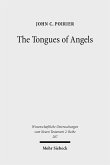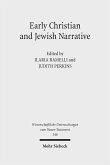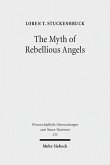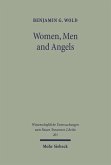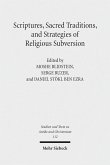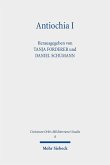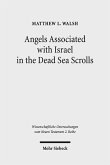Ruth Tuschling considers the relation between ideas about angels, especially their function within a monotheistic belief system, and the development of a sense of what it means to be orthodox, in both Judaism and Christianity, from the time of the Dead Sea Scrolls to the late fourth century AD, geographically limited to Syria and Palestine. The first chapter contains an historical overview of angelological concepts in Judaism, before the exile in Babylon, after the exile, and after the rise of Christianity. Here the author also gives an analysis of key vocabulary and modern categories of angels, e.g. archangel, principal angel, hypostasis. She exemplifies her findings in three case studies in chapter two: Qumran, especially the Songs of the Sabbath Sacrifice, Origen, Ephrem the Syrian. The liturgical chapter three considers the Qedushah and sanctus, noting the Jewish origin of the 'heaven and earth are full...' expansion. Both are characterized as a liturgical call and response, in a two-part structure; the extant forms survive out of a great variety, both Jewish and Christian. The idea of sacred time and sacred space are linked with the parallel worship of earth and heaven; priests and angels are seen as comparable sacred persons in their liturgical function. In conclusion, angels' theological function is seen to support orthodoxy by modelling the right practice, and hence belief, towards God. Born 1965; studied classics at Freiburg im Breisgau; ordination training for the Anglican priesthood at Westcott House, Cambridge, including study for Cambridge BA curate in London; 2004 PhD (Cambridge); novice of Burford Priory (Anglican Benedictine religious community).
Dieser Download kann aus rechtlichen Gründen nur mit Rechnungsadresse in A, B, BG, CY, CZ, D, DK, EW, E, FIN, F, GR, HR, H, IRL, I, LT, L, LR, M, NL, PL, P, R, S, SLO, SK ausgeliefert werden.



